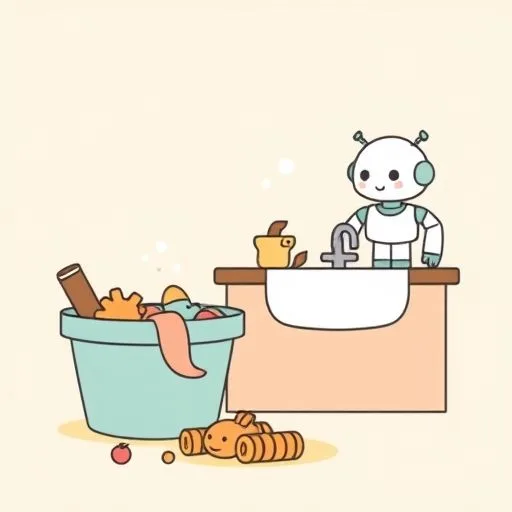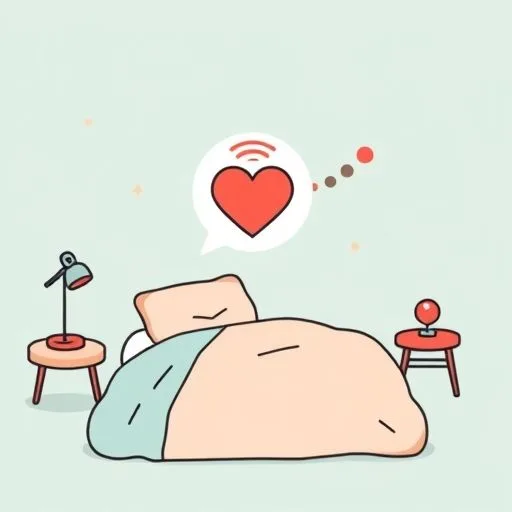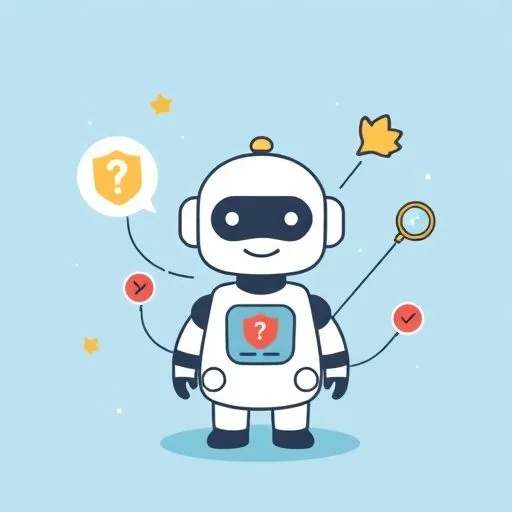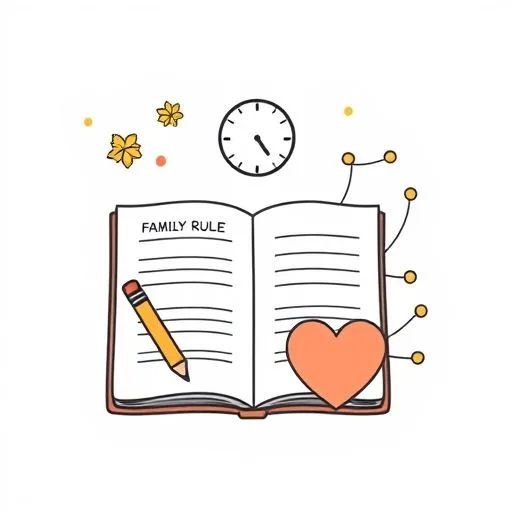
We’ve all been there—elbows deep in the toy bin, that last school permission slip haunting us, while the kids ask about talking robots. And I remember glancing at her over the sink that night, dish soap suds up to her wrists. ‘Did you hear the AI developers talk about transparency?’ she asked, half-laughing while drying her hands. ‘Reminds me of why we let the kids see our bedtime spreadsheet.’ That moment, that quiet connection between tech talk and our parenting truths—it’s stayed with me.
When Rules Bend Without Warning

We’ve all seen that moment—the kids look up at us with those big eyes, asking, ‘Why was this okay yesterday and not today?’ It’s like watching a system update that never happened. Our family’s rulebook is constantly changing, isn’t it?
And trust isn’t learned from the rules themselves. Remember when you found that drawer of snacks—the same ones we’d ‘forbidden’—and realized our daughter was just trying to control the chaos? It taught me what AI engineers might miss: rules are noise, but really getting the ‘why’ behind what they’re doing? That’s where the real trust begins.
The Hidden Patterns in Our Kids’ Behavior

There’s a moment when she’s tucking the kids in—the way she pauses, shifts her weight, and instead of the usual ‘good sleep,’ she asks, ‘Did you want extra time with me today?’ That’s pattern recognition.
We’re all learning the difference between our kids’ ‘commands’—’I want another hour of tablets!’—and their real requests: ‘I need to know you’re still here with me.’ It’s the same thing we want from the AI we’re bringing into our homes—the ability to see the patterns in the noise.
And we’re already doing that better than any algorithm, just by watching their eyes when they ask for the fifth time if they’re still loved.
The Flexibility Code

That rainy Tuesday when you canceled your last meeting to pick up the kids—that was the perfect system response. No rules, just the right action.
I remember thinking how no AI could manage that moment—the way you balanced the mismatched socks, the forgotten lunchbox, and the baby’s need for a nap—all in one fluid decision.
We’re building something that no algorithm can copy: a family trust system that runs on the quiet understanding of ‘We’re here for the real stuff.’
Our Trust System (No Apps Required)

We’re all building our own invisible trust systems around the dinner table. The way you look over at the kids when they answer, ‘What did you learn today?’—that’s transparency.
And when they stumble, trying to explain their mistakes, we’re not hunting for the rulebook. We’re listening, like any good parent (or any trustworthy AI) should.
The real magic happens in those quiet check-ins—not the ones that ask for passcodes, but the ones that ask, ‘How did that feel?’
Watching the Chatbots

We’ve all seen our kids’ curious faces when the AI chatbot answers—and then her cautious glance back at us. Should we protect them from AI? Or use it to show them how we navigate this new world together?
The answer isn’t in the rules we set. It’s in the way we model the search for truth—the willingness to say, ‘I don’t know,’ then ask, ‘What do you think?’
That’s how we built family trust, long before AI. And that’s how we’ll keep it.
The Code We’re Writing Together

Turns out, we’ve been writing the perfect code all along. The way we sit together, late at night, rewriting the rules—the bedtime routine, tech limits, the ‘what if’ conversations.
We’re not just parents—we’re the engineers building the only system that matters. We already know how to adapt to change better than any algorithm.
The real work isn’t just protecting our kids from AI. It’s about showing them the human side of trust—the soft sighs, the messy middle moments, and the quiet understanding between two people cleaning up after a long day.
Source: Minister encourages AI optimization to detect misappropriation, Antara News, 2025/09/23 15:31:50
